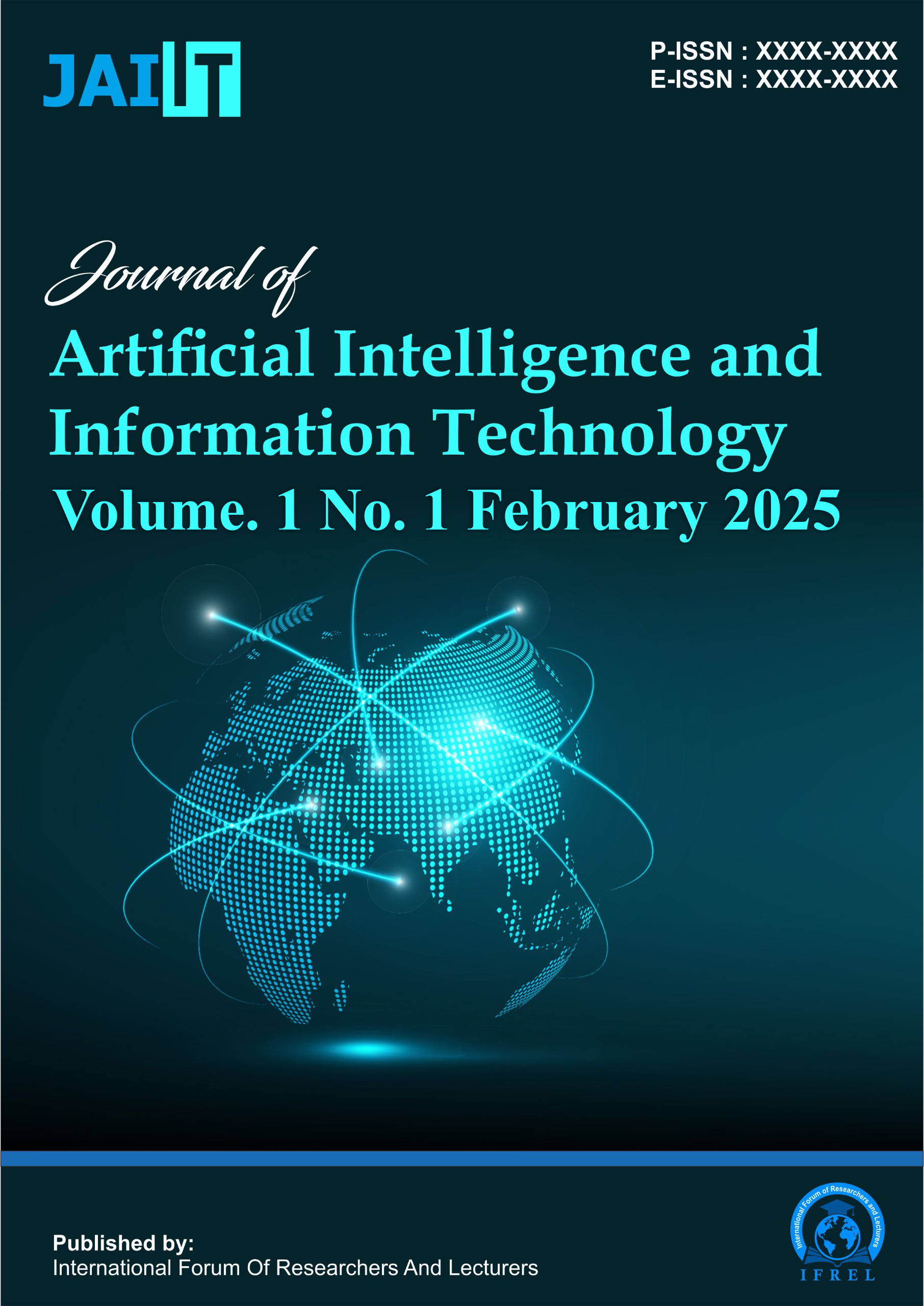The Role of Machine Learning in Cybersecurity: Detecting and Preventing Threats
Keywords:
algorithms, anomaly detection, neural networksAbstract
The increasing frequency and sophistication of cyber threats have highlighted the critical need for advanced security measures in cybersecurity. Machine learning (ML) has emerged as a powerful tool in detecting and preventing these threats by analyzing large datasets and identifying patterns indicative of malicious activity. This study aims to explore the role of machine learning in enhancing cybersecurity, focusing on its application in threat detection and prevention. Through a comprehensive review of current machine learning algorithms, such as supervised and unsupervised learning, anomaly detection, and neural networks, this research examines their effectiveness in various cybersecurity contexts. The findings suggest that ML techniques significantly improve the accuracy and efficiency of threat identification, offering real-time protection against a wide range of cyber-attacks, including malware, phishing, and intrusion attempts. Furthermore, the study discusses the potential challenges of integrating ML into existing cybersecurity systems, such as data privacy concerns and the need for continuous model training. The implications of this research emphasize the need for further innovation in ML-driven cybersecurity solutions to safeguard sensitive information and maintain the integrity of digital infrastructures.





